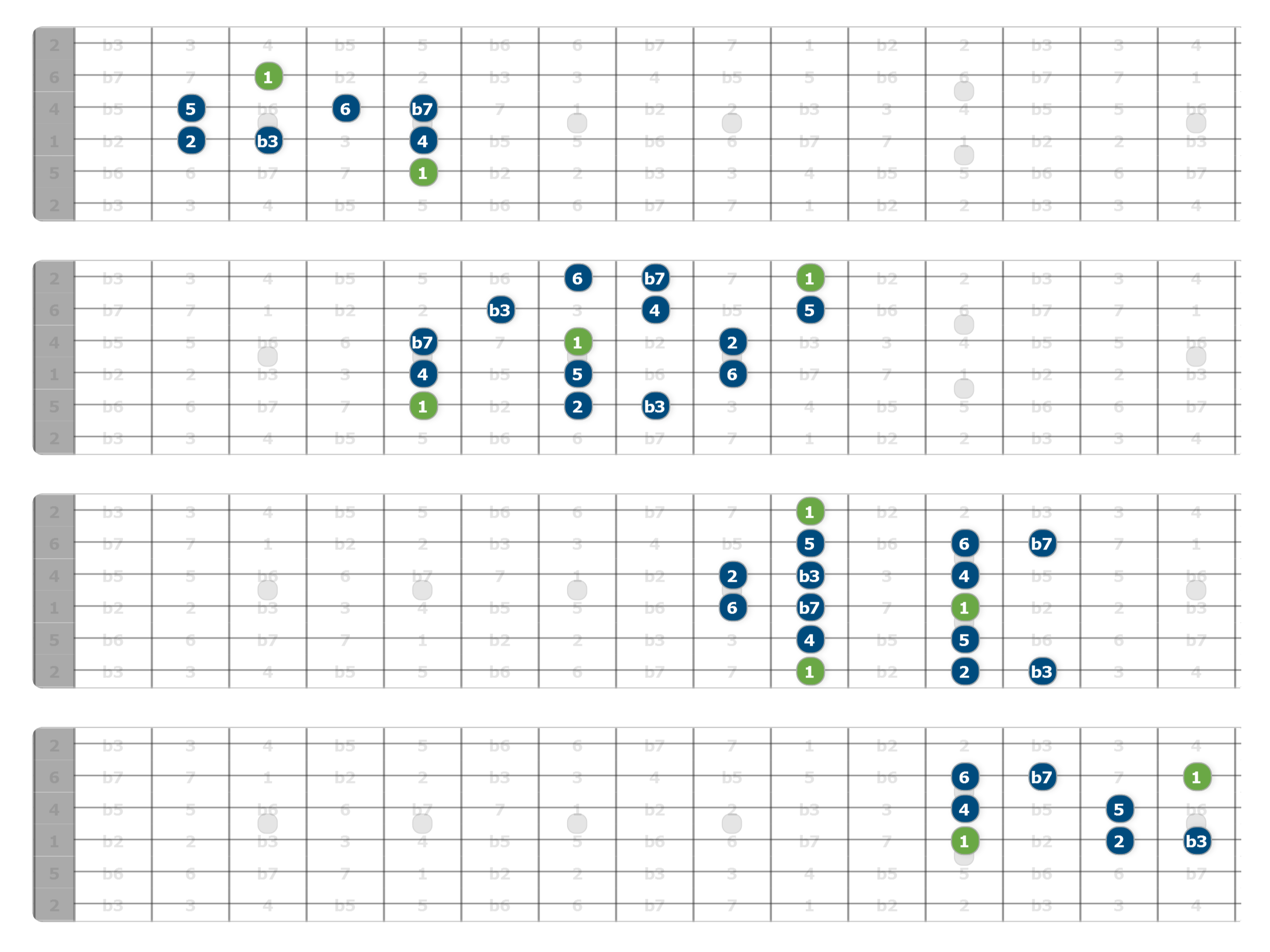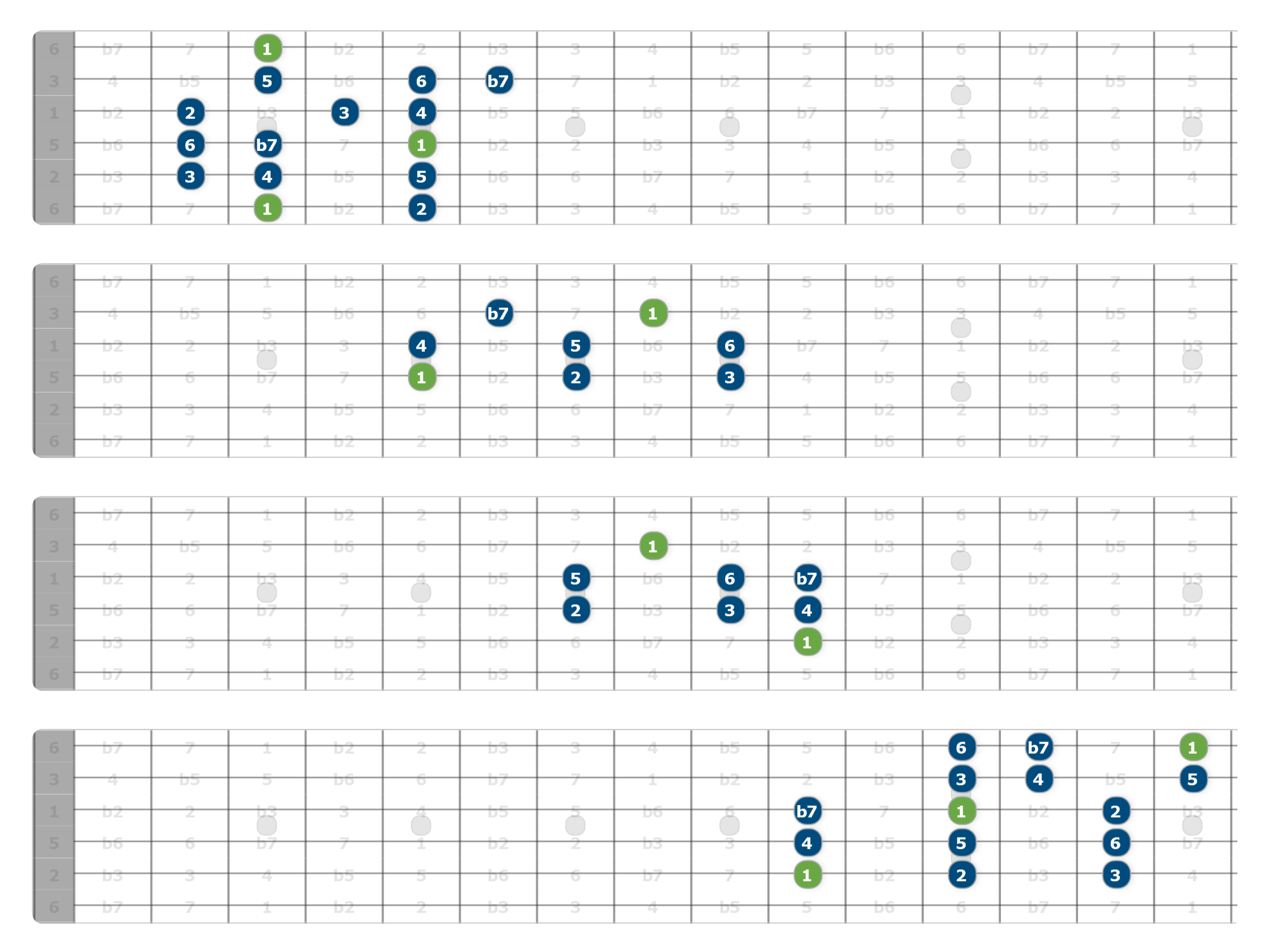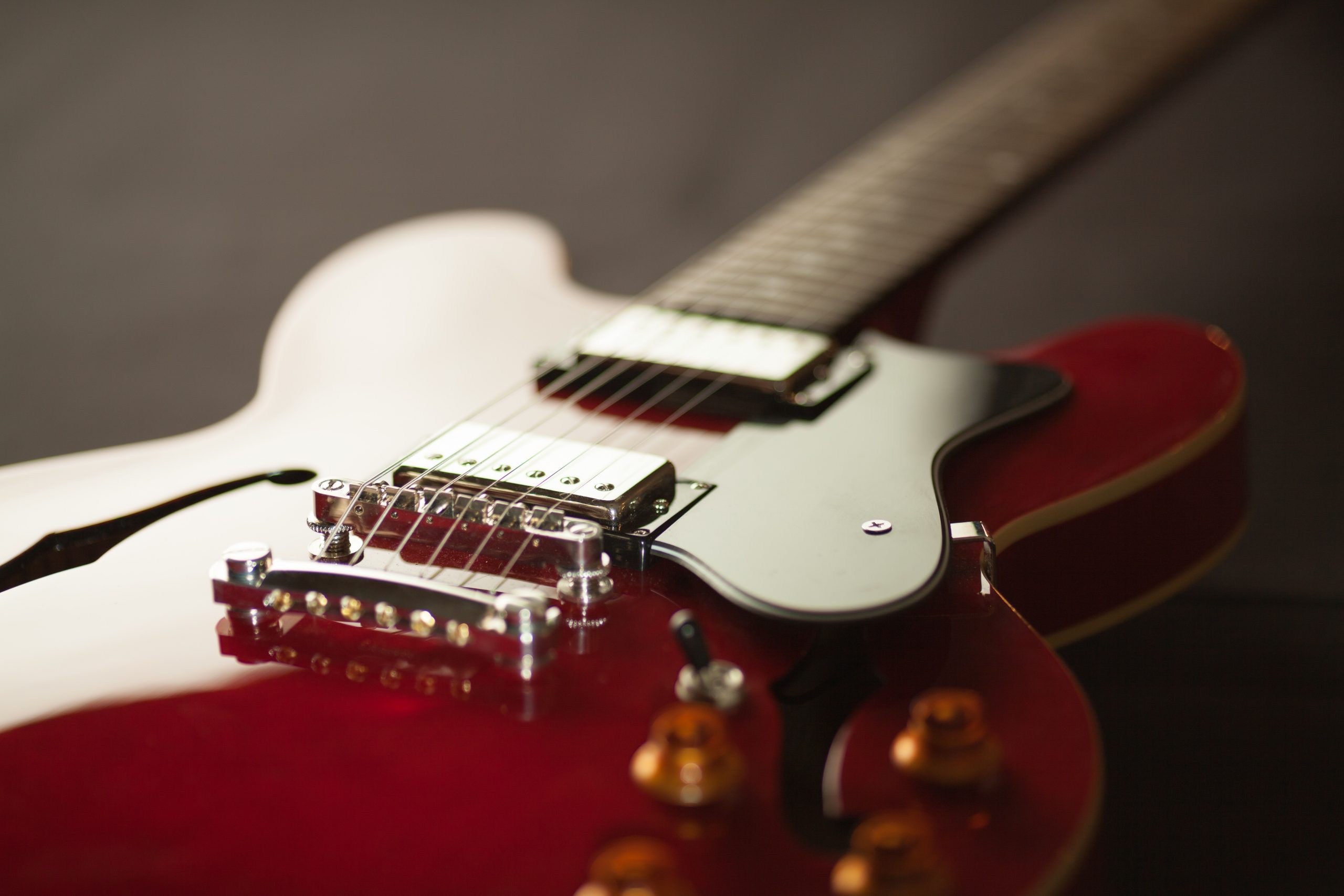There comes a time in every guitarist’s life when they feel the need to *drum roll* learn the modes. While this is a commendable endeavor, it often leads to potentially great pentatonic blues and rock players losing their way in the unnecessarily confusing world of modes. So, if you’re still struggling to learn the modes, I think I might have the answer.
Theoretically Speaking
There are basically two ways you can look at modes. The first is a major scale starting on a different note, and the second is as scales in their own right. The first approach lends itself well to playing over modal (diatonic) chord progressions, while the second is better suited to playing over static chords to create an atmosphere, e.g. if you’re jamming on B minor or Bm7, you might want to try out B Dorian, B Phrygian, or B Aeolian depending on the effect you want; however, if you’re jamming over a chord progression like Bm, A major, E major (from the key of A major), you’ll probably want to stick to B Dorian to play over the whole progression.
The Problem
Let’s say you’re primarily a rock and blues guitarist and this is pretty much what you play on a daily basis. When guitarists study modes, they insist on studying ALL the modes. As a blues-rock guitarist, you only really need to study the Dorian and Mixolydian modes; the Phrygian, Lydian, Ionian, Aeolian and Locrian modes are pretty much redundant, and your time would be better spent honing your skills in the Dorian and Mixolydian modes rather than spreading yourself too thin by studying modes you probably won’t use. If you’re into metal, you’d want to put more attention on the Aeolian and Phrygian modes (perhaps Lydian too), as the others wouldn’t be of much use. Hopefully, realizing this will mean less struggling to learn modes (you won’t really use).
The Solution
So, if you’re into blues-rock, the next time you go to run your modes in the key of C, stop yourself and concentrate on D Dorian and G Mixolydian. The trick here is to play these modes from root to root, NOT the one-size-fits-all 5 or 7 shapes you usually play up and down the neck; these shapes won’t let you hear the modes. Here are a few patterns from my book ‘Major Scale Modes Designed for the Guitar’ to help you out. Strum a Dm or Dm7 chord before you run these shapes.

You’re probably already aware that G Mixolydian is the same scale starting on different notes, but you NEED to play it from root to root and bring that Mixolydian sound out for it to be of any use in your playing. Strum a G7 or G9 chord before running these shapes.

Now, imagine if you just practiced these two scales. I guarantee your blues-rock playing will improve in a matter of weeks as you combine these two modes with the pentatonic scales I’m sure you already know.
If You’re Still Struggling with the Modes
Modes is a subject that’s close to my heart, so you’ll find plenty more books on the site to help you understand them. Each one has a unique approach that you might find best suits your learning style or where you’re currently at with the modes.
Quickstart Guides: Modes
Beyond Pentatonics – go from pentatonics to modes easily.
Major Scale Modes Designed for the Guitar – if you’re more of a woodshedder, you might like this one.
Modes and How to Use Them – ($1 on Amazon!)
Check out our free eBook too: Modes on Guitar for People In a Hurry



